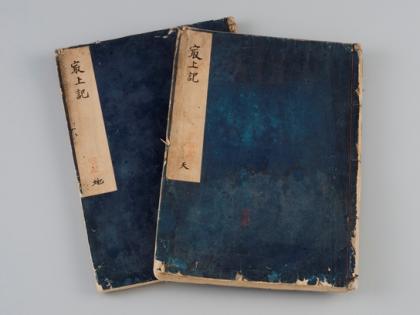�Ǿ������˴�/��Translator��s Foreword�� Saijoki - The Mogami Chronicles -
 |
|
���ȥåץڡ���
�����Τ餻
���Ǿ��ȺǾ�������Ǿ��ȵ����ˤĤ�����ʸ���ͺǾ�������Ǿ�Ȥ�ᤰ��͡�������������ʸ�����Ҷ���ͺ��ɮ���������Ǿ�ȿ�;Ͽ�����ڤ�������Ǿ����άǯ���������Ѱ��������������ޥå�/����������ۻ���/�ٴ���/�����������ؤ��略 |
��Translator��s Foreword�� Saijoki - The Mogami Chronicles -
2012/08/02 09:12��(C) �Ǿ������˴�
|



